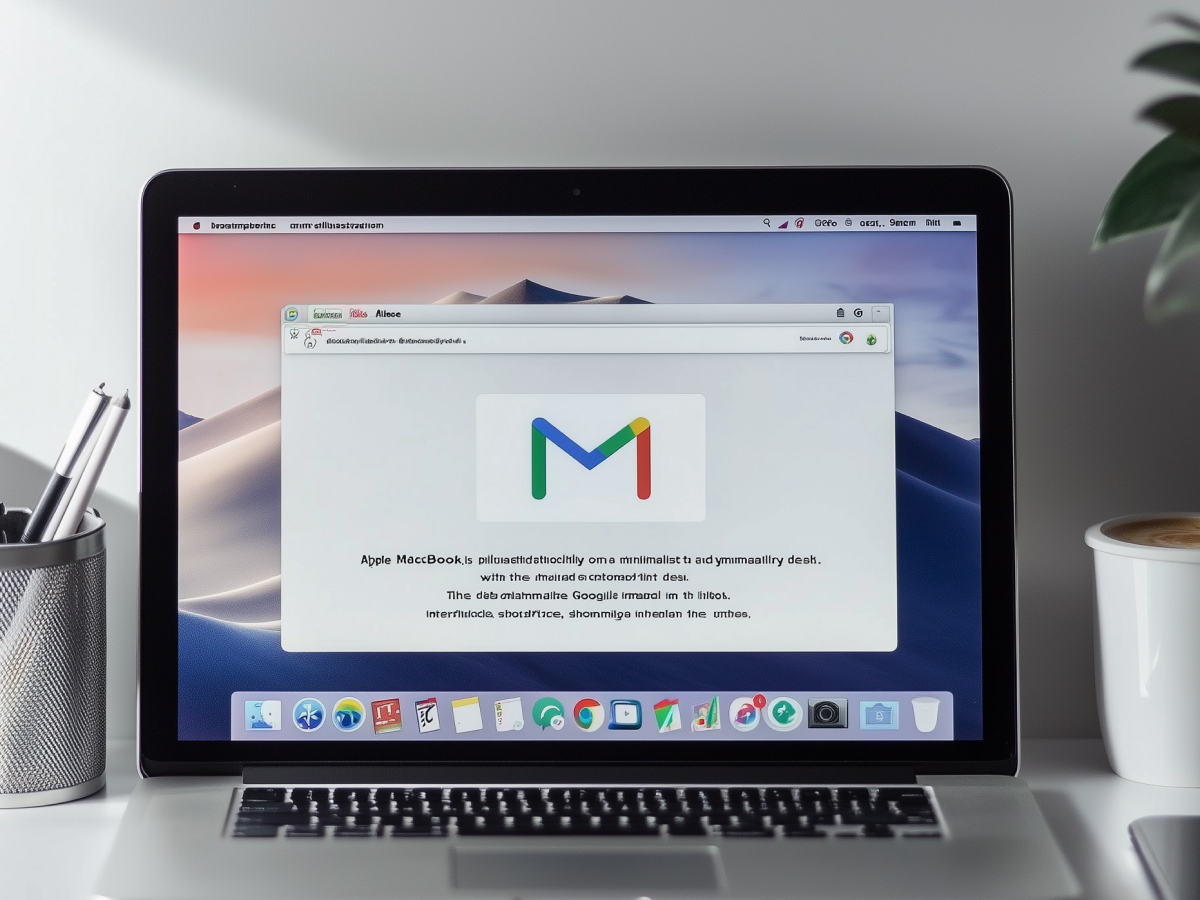Cybersecurity threats are the costliest challenge of our time
If you’re running a company today, chances are you’ve thought about the risks of cyberattacks—data breaches, hacking, and phishing attacks. These threats are real, costly, and growing. A breach hits your bank account and can undermine customer trust, weaken investor confidence, and disrupt operations in ways that ripple across your business.
The financial burden is staggering. On average, a data breach costs companies $4.9 million globally—a number that’s jumped 10% in just a year. Why? Attackers are getting smarter. They’re using advanced tools like artificial intelligence to find weaknesses in systems and automate their attacks. AI can mimic human behavior, making it incredibly difficult to detect malicious activities before the damage is done.
This is why cybersecurity is no longer optional. It’s a fundamental pillar of any growth strategy. Without it, you’re leaving the door open to hackers and risking the very foundation of your business.
Lessons from high-profile cyberattacks
Let’s look at UnitedHealth, a company that’s no stranger to risk management. In 2024, it faced one of the largest healthcare data breaches in history. Over 100 million people had their personal data exposed. The financial impact? $2.5 billion in losses within nine months. That includes $1.7 billion just to respond to the attack—think legal fees, system upgrades, and customer outreach. And let’s not forget the $705 million hit to their business operations, as the breach slowed down transaction volumes and disrupted workflows.
Here’s the key takeaway: the damage doesn’t stop with the immediate fallout. Recovery is slow. UnitedHealth estimates that it will take until 2025 to fully rebuild its operations. That’s years of effort and billions of dollars spent just to get back to where they started.
It’s not just UnitedHealth. AT&T, Dell, and Ticketmaster owner Live Nation have also reported major breaches. These are companies with resources—teams, tools, and budgets to handle crises. If they’re vulnerable, anyone is. The lesson here is clear: no one is immune, and the time to act is now.
Insurance, risk mitigation, and preparing for the inevitable
Here’s some good news: businesses are starting to get smarter about handling risks. Many are turning to business interruption insurance, which is essentially a safety net for when the unexpected happens. Cyberattacks, natural disasters, supply chain disruptions—you name it. This insurance covers the financial hit and helps keep your business running.
Right now, over half of companies (53%) already have this coverage in place. Another third plan to add it within the next year. That means 86% of businesses recognize that these risks are inevitable. But insurance is just one piece of the puzzle.
Proactive risk management is where the real difference is made. Monitoring cyber threats in real-time is now the most commonly used strategy. It’s not enough to react to an attack after it happens. You need to detect and neutralize threats before they cause damage. Think of it as building a smarter immune system for your company.
The need for a 24/7 risk management strategy
Business threats have evolved, and so must our approach to managing them. Cyberattacks, climate change, and social media-driven reputational risks—these are the new normal. But here’s the thing: these risks don’t operate on a 9-to-5 schedule. They’re relentless, and they demand a 24/7 response.
A holistic risk management strategy means addressing every angle. You need to understand how one threat can trigger another. A cyberattack could lead to a PR crisis, regulatory scrutiny, or even supply chain disruptions. Your strategy has to account for all these interconnected risks.
Technology is your ally here. Tools powered by AI and machine learning can monitor systems around the clock, flagging potential vulnerabilities before they become full-blown crises. But technology alone isn’t enough. It has to be paired with strong leadership and a culture that prioritizes security and resilience.
The world is getting more complex, and the stakes are higher than ever. But with the right strategy, tools, and mindset, businesses can thrive. It’s all about staying ahead of the curve and seeing risks as opportunities to innovate and strengthen your foundation.
Key takeaways for decision-makers
- Cyberattacks are the top business threat: 40% of executives see data breaches and cyber incidents as the most financially burdensome risks, surpassing other threats like accidents or social unrest. Companies must prioritize robust cybersecurity measures to safeguard against growing vulnerabilities.
- Financial impact is steep: The average cost of a data breach reached $4.9 million globally, and high-profile breaches (e.g., UnitedHealth’s $2.5 billion loss) highlight the severe operational and financial damage. Decision-makers should make sure their organizations are prepared with comprehensive risk mitigation strategies.
- Business interruption insurance is becoming essential: 86% of companies now either have or plan to adopt business interruption coverage to protect against cyberattacks, natural disasters, and supply chain disruptions. Leaders should assess their policies to ensure adequate protection against rising risks.
- Proactive threat monitoring is key: Companies increasingly rely on real-time monitoring tools to identify and neutralize threats before they escalate. This proactive approach should be a top priority for risk management teams to stay ahead of potential attacks.
- Adopt a 24/7 risk management mindset: With emerging risks like cyber threats and social media-driven reputational damage, businesses need a continuous, integrated risk strategy. Leaders should foster a culture of constant vigilance and use AI-driven tools for round-the-clock monitoring and risk management.





